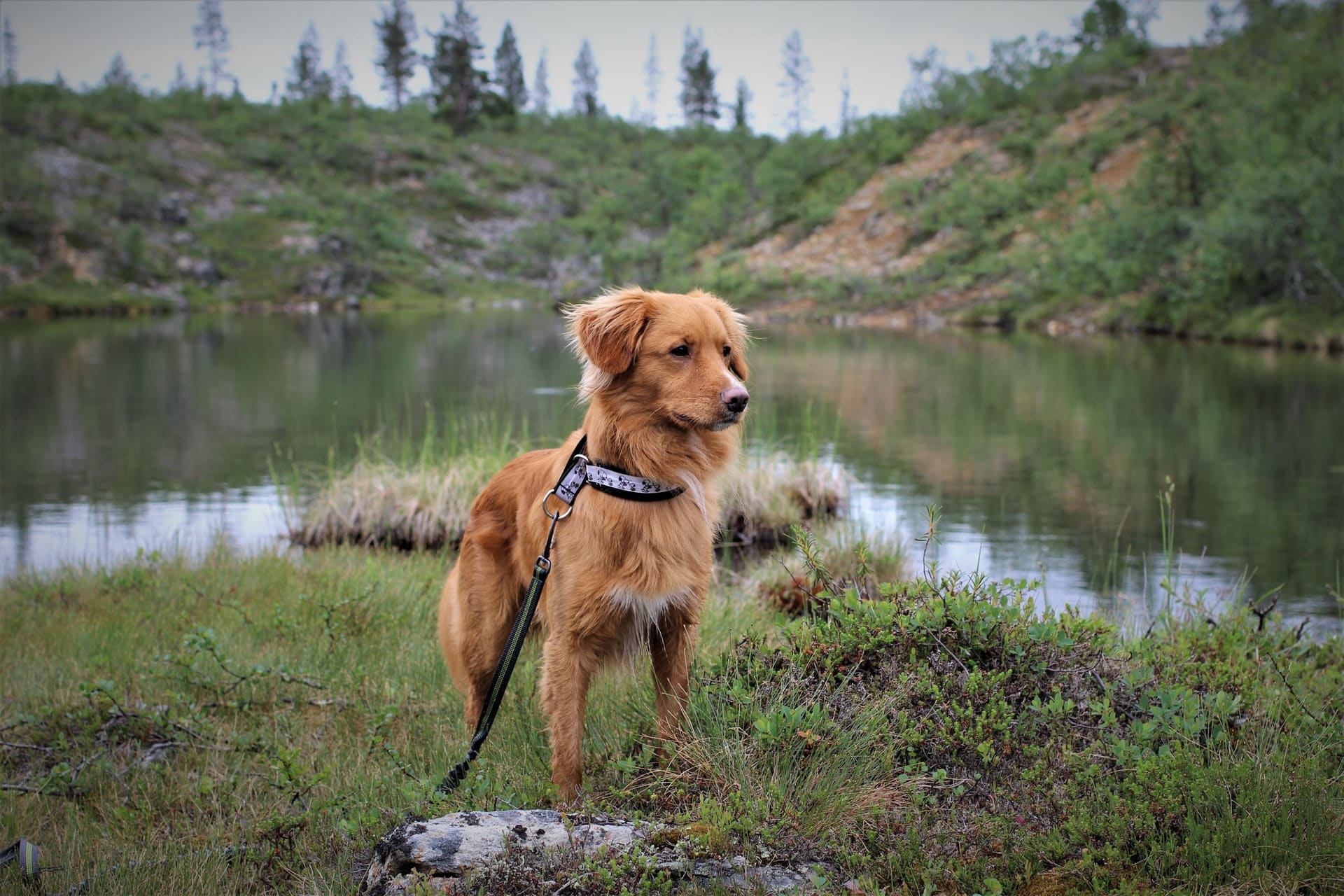
This medium-sized, muscular dog is the smallest of the retriever breeds and is known for luring ducks in cold weather and water. Yes - We Produce Some Great Hunting Dogs!Ĭove, Oregon you for visiting our website. Key Characteristics AKC Group: Sporting Height: 1721 inches Weight: 3751 pounds Life Expectancy: 14 years The Nova Scotia Duck Tolling Retriever, also known as the Toller, looks like a small Golden Retriever. "Hali" from our Caper X Doppler Litter 2018 Picture provided by Cassie and Riley Breslin So many have been willing to give advice and help as we raise our dogs. We are always learning new skills and have enjoyed long discussions and the camaraderie.

Over the years, it has been our pleasure to become acquainted with many other Toller owners.
#Nova scotia duck tolling retriever free
The dogs love the free flowing water in the creek and the nice deep pond in which to take a swim or retrieve a bumper. The adjoining property is a great place to do training exercises. We have a large fenced back yard and an adjoining fenced 6 acres of property with a creek and a pond. Our dogs are part of our family and live with us in the house and usually go everywhere we go. That is how we came up with our kennel name.

The town was once known as Forest Cove but was shortened to Cove when the Post Office kept getting mail mixed up with another town in Western Oregon call Forest Grove. Our own Tollers and puppies from our past litters have excelled in a variety of venues including Agility, Rally, Obedience, Lure Coursing, Conformation, Therapy, and of course, Water Fowl Hunting and Upland Bird Hunting.įorest Cove Tollers is located in Northeast Oregon in the small town of Cove. Since then they have proven they are more than just tollers or retrievers, but excel at obedience, agility, tracking, and of course, companionship.At Forest Cove Tollers our breeding program focuses on excellent structure, strong working ability and great temperaments. In 2001 Tollers were admitted into the AKC Miscellaneous class, and were admitted as a regular member of the Sporting Group in 2003. The first Tollers came to the United States in the 1960s. The Nova Scotia Duck Tolling Retriever was developed in Yarmouth County, at the southern tip of Nova Scotia, in the early nineteenth century. It was recognized by the Canadian Kennel Club in 1915, with 15 Tollers registered that year. Originally known as the Little River Duck Dog or the Yarmouth Toller, the breed later became known as the Nova Scotia Duck Tolling Retriever. The Nova Scotia Duck Tolling Retriever was developed in Yarmouth County, at the southern tip of Nova Scotia, in the early nineteenth century. Such decoy dogs may have come with European settlers to the New World, where they were used to toll from the Chesapeake Bay to the Maritimes. Tolling is done by the dogs frolicking along the shore, chasing sticks, and occasionally disappearing from sight, an activity that draws curious ducks to the area. Ready to see what dogs fit you best? Take our short quiz to find out!Įuropeans used dogs to toll (Middle English meaning: to lure or decoy) ducks into nets since the seventeenth century. Sadly Jim passed away in 2017 & Doug has now retired from breeding. A white blaze, chest, tail tip, or feet is characteristic. They are a CKC Permanently Registered Kennel, that began breeding champion Nova Scotia Duck Tolling Retrievers in 1969, giving this kennel the distinct honour of being the longest serving Toller Breeder in the world Kennel owned by brother-in-laws Jim Jeffery and Douglas Coldwell. A longer coat is not appropriate for a working dog, although the tail feathering should be long, adding to the emphasis of the wagging tail. Because they were bred to work in icy waters, they have a water-repelling double coat of medium length. Their powerful yet compact build enables them to rush around tirelessly, leaping and retrieving with tail always wagging.

Because Tollers run as much as they swim when "tolling," they are smaller and more agile than most other retrievers.


 0 kommentar(er)
0 kommentar(er)
